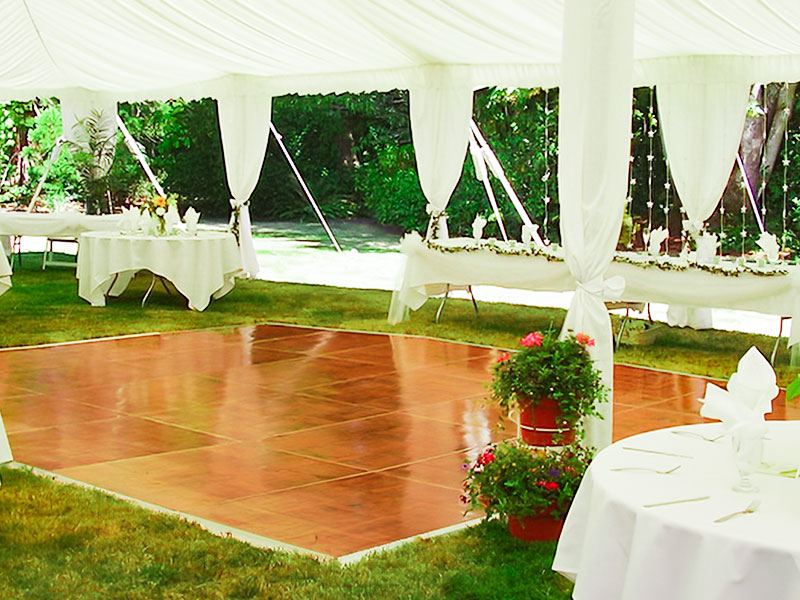Essential Security Guidelines to Guarantee a Fun and Safe Dancing Floor Party at Events
Essential Security Guidelines to Guarantee a Fun and Safe Dancing Floor Party at Events
Blog Article
When planning an event with a dancing floor, guaranteeing the safety of all participants is essential. A fun and secure dance floor experience can enhance the overall enjoyment of the occasion. To attain this, occasion planners should implement essential safety guidelines that address different aspects of the dance environment. These guidelines not only protect guests but also create a welcoming atmosphere where everyone can feel comfortable and have a good time.
One of the primary safety factors is the spatial space of the dance floor. It is crucial to make sure that the area is sufficiently sized enough to accommodate the expected number of guests. A packed dance floor can result to incidents, such as tumbles or collisions. Planners should also check the flooring type to confirm it is appropriate for dancing. Even surfaces, such as hardwood or laminate, are preferred, while rug can pose slipping hazards. Additionally, maintaining the dance space free of obstacles, such as seats or furniture, will help prevent injuries and allow for a more enjoyable experience.
Illumination plays a crucial role in creating a safe dance floor setting. Proper lighting not only sets the mood for the event but also helps guests move through the space safely. Low lighting can make it difficult for dancers to see their surroundings, increasing the chance of accidents. Therefore, planners should use a mix of ambient and focused lighting to illuminate the dance floor adequately. Emergency indicators should also be easily visible, and organizers should make certain that the lighting is adjustable to suit different types of music and dance genres.
Another crucial aspect of security on the dance floor is crowd management. Event staff should be prepared to monitor the dance space and ensure that guests are behaving properly. This includes tackling any instances of overcrowding or inappropriate behavior that could lead to conflicts. Additionally, having a specific area for guests to take breaks can help reduce fatigue and prevent accidents. Offering water dispensers nearby can also encourage hydration, which is vital for maintaining energy levels during the dance.
Ultimately, it is crucial to communicate safety guidelines to all participants. Before the occasion begins, organizers should inform guests about the regulations and guidelines for the dance floor. This can include reminders to be aware of their environment, honor personal space, and limit excessive drinking consumption. Offering clear instructions can help create a culture of safety and accountability among guests. By fostering an environment where all is conscious of safety practices, event planners can guarantee that the dance floor remains a fun and safe space useful source for all attendees.